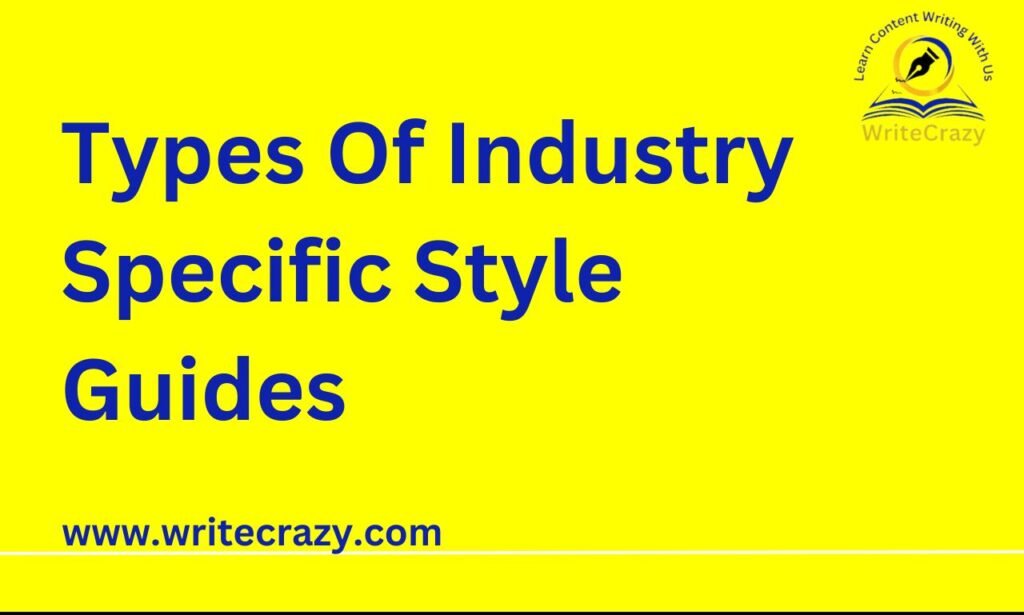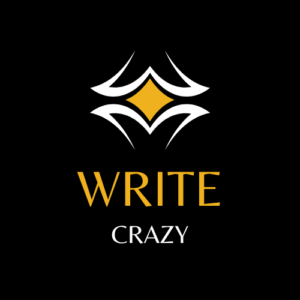
In the realm of professional communication, understanding the diverse landscape of types of industry-specific style guides is pivotal. These guides, each tailored to distinct sectors, play a vital role in shaping communication strategies.
From editorial nuances to branding consistency, legal precision, technical clarity, healthcare communication, and academic rigor, this exploration navigates through the various types that define effective industry-specific communication.
Unveiling the nuances of these guides is not just a glimpse into industry practices, it is a key to maintaining credibility, resonance, and a distinctive voice in the business landscape.
Importance Of Industry Specific Style Guides For Content Writers:
The importance of Industry-Specific Style Guides for content writers cannot be overstated. These guides serve as indispensable roadmaps, providing writers with a set of standardized conventions and preferences unique to their respective industries.
By adhering to these guides, content writers ensure a consistent and cohesive communication style, fostering brand identity and professionalism. Industry-specific nuances are captured, enhancing the accuracy and relevance of content.
Moreover, these guides contribute to building trust with audiences, reinforcing the writer’s expertise and authority within their specialized field. In essence, Industry-Specific Style Guides are fundamental tools that empower content writers to navigate and excel in their specific domains.
Types Of Industry Specific Style Guides:
Editorial Style Guides:
Editorial Style Guides, prevalent in journalism and content creation, are indispensable tools for writers and editors. These guides meticulously detail language usage, grammar rules, and writing conventions, ensuring a cohesive and professional communication style. By offering a standardized framework, they maintain consistency across various content pieces, enhancing readability and brand coherence.
Editorial guides not only refine the art of expression but also contribute to establishing a distinct brand voice, crucial in the dynamic landscape of modern communication where precision and clarity are paramount for effective engagement with diverse audiences.
Branding Style Guides:
Branding Style Guides serve as the cornerstone for establishing and maintaining a consistent brand image. Comprehensive and detailed, these guides provide guidelines on visual elements, logo usage, color schemes, and, importantly, the tone and style of written communication.
By ensuring uniformity in branding across all touchpoints, from marketing materials to social media, they contribute to brand recognition and trust. Brands with well-defined style guides can seamlessly convey their personality, values, and messaging, creating a lasting and coherent impression on their audience, irrespective of the communication channel.
Legal Industry Style Guides:
In the legal realm, precision is paramount, and Legal Industry Style Guides meticulously define the standards for written communication. These guides navigate the complex landscape of legal writing, outlining conventions for legal documents, contracts, and other communications. Clarity, accuracy, and adherence to specific legal terminology are essential components.
Legal style guides not only ensure the integrity of legal documents but also facilitate effective communication among legal professionals and clients. By providing a standardized approach, they mitigate the risk of misinterpretation and contribute to the overall professionalism and credibility of legal communications.
Technical Writing Style Guides:
Technical Writing Style Guides play a crucial role in ensuring clarity and coherence in specialized fields such as technology, engineering, and science. These guides offer guidelines for creating technical documentation, user manuals, and scientific content. Focusing on clear and concise communication, they help technical writers convey complex information in an accessible manner.
By establishing standards for terminology, formatting, and overall presentation, technical style guides contribute to the creation of user-friendly and informative content. In the fast-evolving landscape of technology, adherence to these guides is essential for effective knowledge transfer and understanding.
Health Industry Style Guides:
Precision and accuracy are paramount in the healthcare sector, and Health Industry Style Guides address these needs. These guides provide specific standards for medical writing, ensuring that content is not only accurate but also easily understood by diverse audiences.
From medical publications to patient education materials, adherence to health industry style guides is critical for maintaining consistency, clarity, and compliance with industry-specific terminology. By setting guidelines for language usage and formatting, these guides contribute to the creation of trustworthy and accessible health-related content, supporting effective communication between healthcare professionals and the public.
Academic Style Guides:
Academic Style Guides, foundational in scholarly writing, delineate the standards and conventions for academic publications. From citation styles to formatting rules and language usage, these guides ensure consistency and integrity in scholarly communication. Whether in the humanities, sciences, or social sciences, adherence to academic style guides is essential for maintaining the credibility of research and scholarly works.
By providing a standardized framework, these guides facilitate clear and structured communication within the academic community and contribute to the overall quality and coherence of academic publications across diverse disciplines.
FAQs: Types Of Industry Specific Style Guides
What is the purpose of Editorial Style Guides?
Editorial Style Guides serve to establish consistent language, grammar, and writing conventions.
How do Branding Style Guides contribute to brand consistency?
Branding Style Guides outline visual and written communication guidelines, ensuring uniformity in brand image. From logos to tone, these guides foster brand recognition and coherence across various platforms.
Why are Legal Industry Style Guides crucial in legal writing?
Legal Industry Style Guides define standards for legal documents, emphasizing precision, clarity, and adherence to legal terminology.
What role do Technical Writing Style Guides play in specialized fields?
Technical Writing Style Guides provide guidelines for clear communication in technology, engineering, and science. They contribute to creating user-friendly content by establishing standards for terminology, formatting, and presentation.
How do Health Industry Style Guides ensure effective medical communication?
Health Industry Style Guides set standards for medical writing, ensuring accuracy and clarity. They facilitate consistent and accessible communication in various healthcare materials, promoting understanding among diverse audiences.
Concussion: Types Of Industry Specific Style Guides
In conclusion, the diverse array of Industry-Specific Style Guides plays a pivotal role in shaping effective communication across various sectors. From the meticulous standards of Editorial Style Guides in content creation to the visual and written coherence emphasized by Branding Style Guides, and the precision of Legal and Technical Writing Style Guides, each serves a unique purpose.
Health Industry Style Guides contribute to clarity in medical communication, while Academic Style Guides maintain the integrity of scholarly works. Collectively, these guides are indispensable tools, ensuring consistency, professionalism, and accuracy in communication, ultimately fostering trust and credibility within their respective industries.
